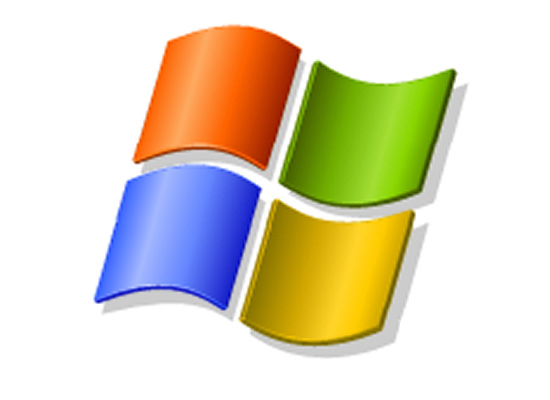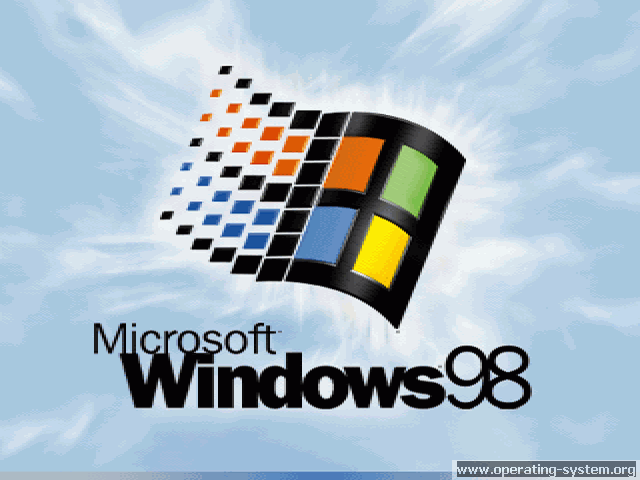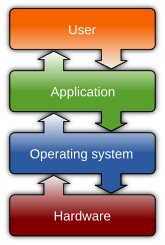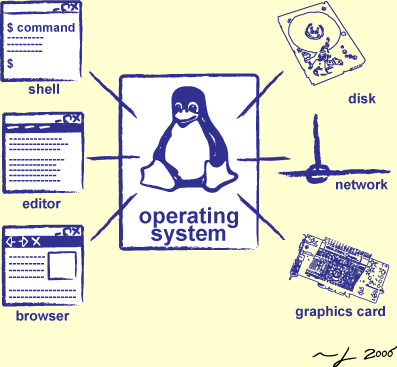Operating System Software Details
In the early 1950s, a computer could execute only one program at a time. Each user had sole use of the computer for a limited period of time and would arrive at a scheduled time with program and data on punched paper cards and/or punched tape. The program would be loaded into the machine, and the machine would be set to work until the program completed or crashed. Programs could generally be debugged via a front panel using toggle switches and panel lights. It is said that Alan Turing was a master of this on the early Manchester Mark 1 machine, and he was already deriving the primitive conception of an operating system from the principles of the Universal Turing machine.
Later machines came with libraries of programs, which would be linked to a user's program to assist in operations such as input and output and generating computer code from human-readable symbolic code. This was the genesis of the modern-day computer system. However, machines still ran a single job at a time. At Cambridge University in England the job queue was at one time a washing line from which tapes were hung with different colored clothes-pegs to indicate job-priority.[citation needed
In the early 1950s, a computer could execute only one program at a time. Each user had sole use of the computer for a limited period of time and would arrive at a scheduled time with program and data on punched paper cards and/or punched tape. The program would be loaded into the machine, and the machine would be set to work until the program completed or crashed. Programs could generally be debugged via a front panel using toggle switches and panel lights. It is said that Alan Turing was a master of this on the early Manchester Mark 1 machine, and he was already deriving the primitive conception of an operating system from the principles of the Universal Turing machine.
Later machines came with libraries of programs, which would be linked to a user's program to assist in operations such as input and output and generating computer code from human-readable symbolic code. This was the genesis of the modern-day computer system. However, machines still ran a single job at a time. At Cambridge University in England the job queue was at one time a washing line from which tapes were hung with different colored clothes-pegs to indicate job-priority.[citation needed
Operating System Software
Operating System Software
Operating System Software
Operating System Software
Operating System Software
Operating System Software
Operating System Software
Operating System Software
Operating System Software
Operating System Software
Operating System Software
Operating System Software
Operating System Software
Operating System Software
Operating System Software
Operating System Software
Operating System Software
Operating System Software
Operating System Software
Operating System Software
Operating System Software
Operating System Software
Operating System Software
Operating System Software
Operating System Software
Operating System Software
Operating System Software
Operating System Software
Operating System Software
Operating System Software
Operating System Software


















No comments:
Post a Comment